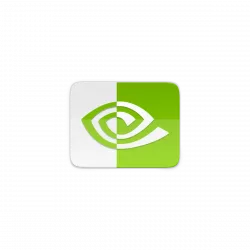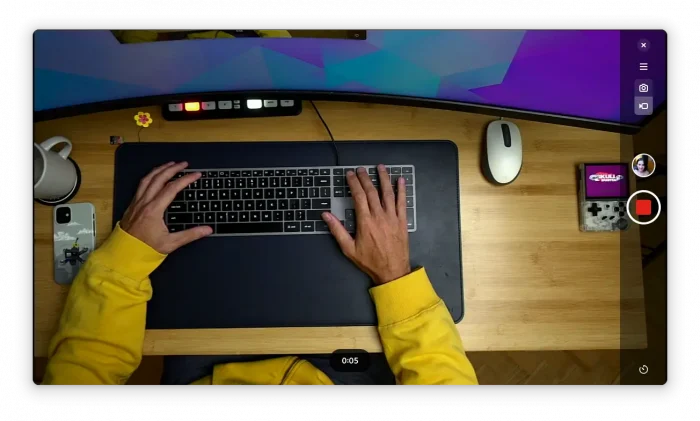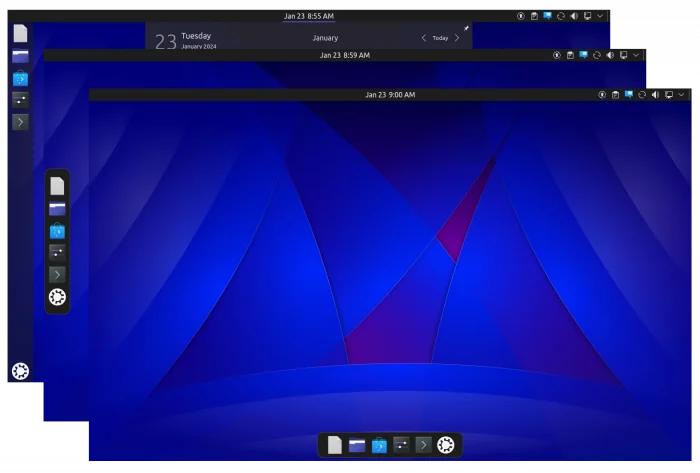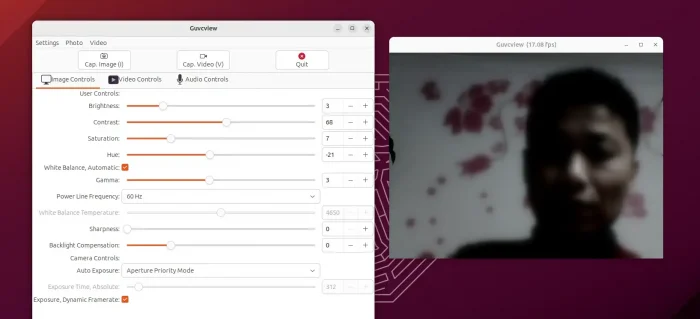This simple tutorial shows how to install and use Incus container in Ubuntu 22.04 and Ubuntu 20.04 LTS.
Incus is a free open-source system container and virtual machine manager developed by Linux Containers community. It supports images for a large number of Linux distributions.
With it, you can manage your containers and VMs either with a simple command line tool, directly through the REST API or by using third-party tools and integrations.
Incus was started as community fork of Canonical’s LXD. Now, it’s led and maintained by much of the same people that once created LXD.
Step 1: Install Incus
Incus is available in Zabbly repository maintained by the software developer. So far, it supports Ubuntu 22.04, Ubuntu 20.04, Debian 12 and Debian 11.
To install it, first open terminal from system start menu or Gnome activities overview screen. Ubuntu users can simply press Ctrl+Alt+T on keyboard.























